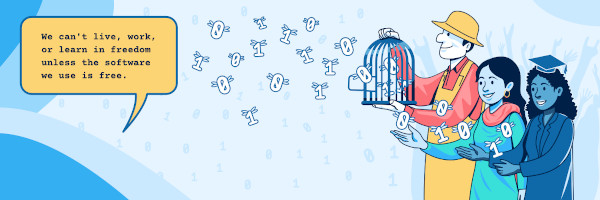ssw-align(1)
NAME
ssw-align - fast Smith-Waterman aligner
SYNOPSIS
ssw-align [options] ... <target.fasta> <query.fasta>(or <query.fastq>)
DESCRIPTION
This command line tool uses SSW, a fast SIMD optimized alignment library, to perform alignments on input files. The input files can be in FASTA or FASTQ format. Both target and query files can contain multiple sequences. Each sequence in the query file will be aligned with all sequences in the target file. If the target file has N sequences and the query file has M sequences, the results will have M*N alignments.
OPTIONS
-m N N is a positive integer for weight match in genome sequence
alignment. [default: 2]
-x N N is a positive integer. -N will be used as weight mismatch in
genome sequence alignment. [default: 2]
-o N N is a positive integer. -N will be used as the weight for the
gap opening. [default: 3]
-e N N is a positive integer. -N will be used as the weight for the
gap extension. [default: 1]
-p Do protein sequence alignment. Without this option, the ssw_test
will do genome sequence alignment.
-a FILE FILE is either the Blosum or Pam weight matrix. [default:
Blosum50]
-c Return the alignment path.
-f N N is a positive integer. Only output the alignments with the
Smith-Waterman score >= N.
-r The best alignment will be picked between the original read
alignment and the reverse complement read alignment.
-s Output in SAM format. [default: no header]
-h If -s is used, include header in SAM output.
OUTPUT FORMATS
The software can output SAM format or BLAST like format results. For a specification of the SAM format, please see http://samtools.sourceforge.net/SAM1.pdf. The additional optional field "ZS" indicates the suboptimal alignment score.
Opportunity
Personal Opportunity - Free software gives you access to billions of dollars of software at no cost. Use this software for your business, personal use or to develop a profitable skill. Access to source code provides access to a level of capabilities/information that companies protect though copyrights. Open source is a core component of the Internet and it is available to you. Leverage the billions of dollars in resources and capabilities to build a career, establish a business or change the world. The potential is endless for those who understand the opportunity.
Business Opportunity - Goldman Sachs, IBM and countless large corporations are leveraging open source to reduce costs, develop products and increase their bottom lines. Learn what these companies know about open source and how open source can give you the advantage.
Free Software
Free Software provides computer programs and capabilities at no cost but more importantly, it provides the freedom to run, edit, contribute to, and share the software. The importance of free software is a matter of access, not price. Software at no cost is a benefit but ownership rights to the software and source code is far more significant.
Free Office Software - The Libre Office suite provides top desktop productivity tools for free. This includes, a word processor, spreadsheet, presentation engine, drawing and flowcharting, database and math applications. Libre Office is available for Linux or Windows.
Free Books
The Free Books Library is a collection of thousands of the most popular public domain books in an online readable format. The collection includes great classical literature and more recent works where the U.S. copyright has expired. These books are yours to read and use without restrictions.
Source Code - Want to change a program or know how it works? Open Source provides the source code for its programs so that anyone can use, modify or learn how to write those programs themselves. Visit the GNU source code repositories to download the source.
Education
Study at Harvard, Stanford or MIT - Open edX provides free online courses from Harvard, MIT, Columbia, UC Berkeley and other top Universities. Hundreds of courses for almost all major subjects and course levels. Open edx also offers some paid courses and selected certifications.
Linux Manual Pages - A man or manual page is a form of software documentation found on Linux/Unix operating systems. Topics covered include computer programs (including library and system calls), formal standards and conventions, and even abstract concepts.
